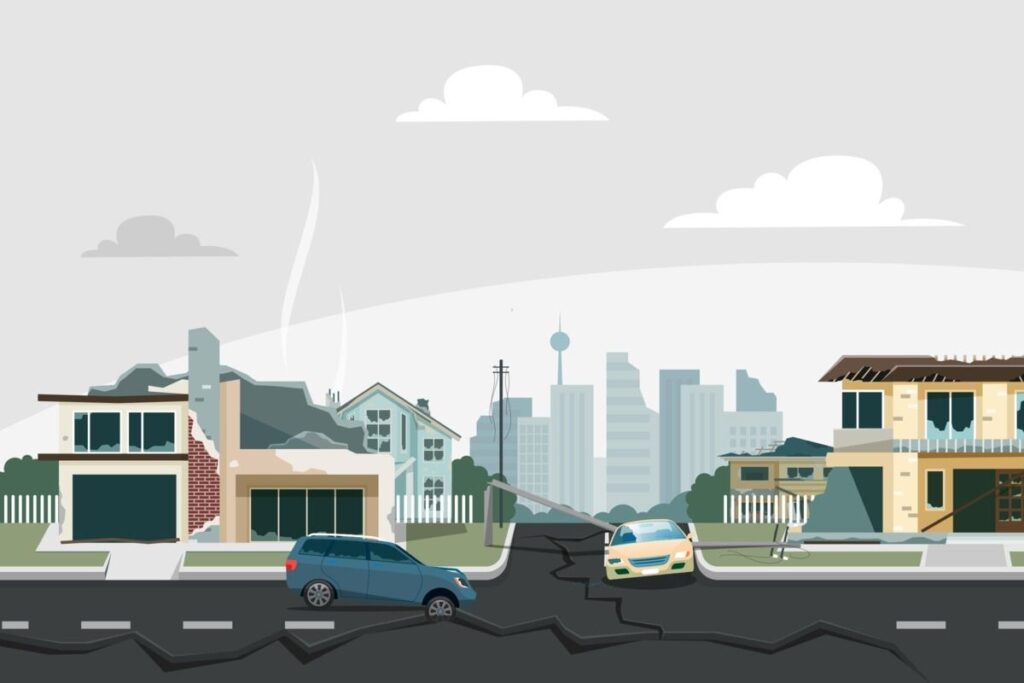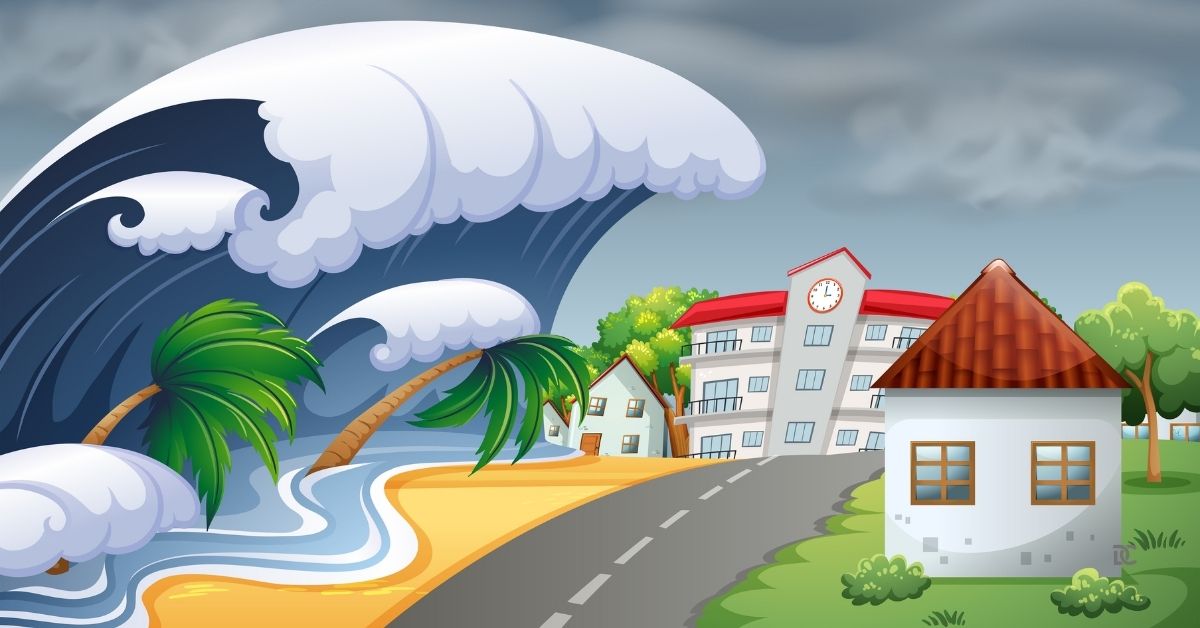On Thursday morning, a powerful earthquake struck off the coast of Northern California. It measured 7.0 in magnitude and occurred near Petrolia, a small community in Humboldt County. The shaking began at 10:44 a.m. local time, surprising residents and travelers across the region. Although this area is familiar with seismic activity, a quake of this size quickly caught the attention of scientists, officials, and the public.
The Initial Tsunami Warning
Right after the earthquake, experts issued a tsunami warning.
This warning covered coastal areas from Davenport, California, all the way north to regions just south of Florence, Oregon. Such a warning means that conditions are right for possible waves triggered by underwater shifts. People in low-lying areas and near beaches had reason to pay attention. Emergency officials asked everyone to remain alert, listen to local media, and be ready to move to higher ground if instructed.
For coastal communities, the thought of a tsunami is worrying. Large waves can arrive quickly, depending on how the seafloor moves during the quake. Officials monitored water levels, checked their instruments, and waited for signs of abnormal wave activity. Sirens did not blare in all places, but local agencies stood by, ready to act if the ocean showed any strange behavior.
Also Read
Fortunately, the tsunami threat soon ended.
Before noon, the National Tsunami Warning Center canceled the warning. This meant that no hazardous waves had developed, and none were expected to arrive.
People in coastal towns could breathe easier knowing that, at least this time, the ocean would remain calm. Life could continue without the need to evacuate inland. Still, it was a reminder that these communities live near a dynamic coastline where earthquakes can sometimes change the day’s plans in an instant.
Aftershocks and Seismic Activity
Even after the main earthquake, the earth did not fall completely silent. As often happens after a big quake, a sequence of aftershocks followed. Some were noticeable, while others were so small that only sensitive instruments could detect them.
The U.S. Geological Survey (USGS) called the aftershock sequence “robust,” meaning it was active and ongoing.
One aftershock measured around 4.3 in magnitude, while another quake initially thought to be 5.8 was later revised down to 4.1.
These changes in reported magnitudes are common because scientists refine their calculations as more data comes in. Although these aftershocks were smaller than the main event, they still rattled nerves and served as a reminder that the Earth’s crust was adjusting.
USGS experts explained that such sequences are normal. After a big jolt, it can take days or even weeks for the region’s geology to settle down. The agency said there is a small chance—around 5%—that another quake equal to or larger than the 7.0 event could strike in the coming week.
There is also about a 34% chance of a magnitude 5 quake within the same period. While these odds are not large, they underscore why people should stay prepared.
Assessing Damage and Response
So far, there have been no detailed reports of major damage or landslides triggered by this earthquake.

In many California communities, strict building codes and modern construction help reduce the risk of collapse or severe structural harm. Still, it often takes time to gather information, especially in remote areas. Officials will continue to check roads, bridges, and other infrastructure in the coming days.
California Governor Gavin Newsom said the state’s Office of Emergency Services was responding to the quake. These responders coordinate with local teams to ensure everyone is safe and has what they need.
Although no large-scale rescue efforts were required this time, knowing that teams are ready provides comfort. With earthquakes, quick action and solid communication channels can save lives.
Earthquake Early Warning System
An important piece of good news was that the region’s earthquake early warning system worked as intended. Shake alerts went out to people in communities as far north as Lincoln City, Oregon, and as far south as Salinas, California.
These alerts can arrive seconds before shaking starts, giving people enough time to drop, cover, and hold on. Even a brief warning can help a train slow down, a surgeon pauses an operation, or someone simply steps away from a fragile shelf.
This technology is still evolving, but it shows promise. Each successful alert helps experts improve the system.
Over time, more people may receive these warnings, and the network may become even more accurate. It is a tool that adds a layer of safety as we learn to live with the reality of earthquakes in certain parts of the world.
Communities along the Pacific Coast know that earthquakes come with the territory. The Earth’s crust is always moving, and large quakes are part of the planet’s natural cycles. Tsunamis are less common but can happen if the seafloor suddenly shifts.
The good news is that science, engineering, and planning help reduce the risks. Today, buildings are stronger, bridges are safer, and people know more about how to protect themselves.
For individuals, preparing for these events is wise. Having a disaster kit with water, food, flashlights, batteries, and a first-aid kit is a smart step. Knowing how to turn off gas or water lines can prevent problems after a quake.
Understanding where to go if a tsunami is expected can help you reach safety faster. Schools, workplaces, and neighborhoods often hold drills so people become familiar with what to do.
In the coming days, as aftershocks continue, life will go on. People might feel a few more shakes, but over time, these will become weaker and less frequent. Government agencies, scientists, and community groups will study the quake and its aftermath. Every event is a chance to learn and refine safety measures.
In the future, another big earthquake may happen. When it does, the lessons learned now can help everyone respond more quickly, more calmly, and with better results.
For now, Northern California and parts of Oregon can breathe a sigh of relief. The earthquake was large, but no major damage was reported; the tsunami warning ended, and the community showed that it was ready. This event serves as a reminder that being prepared and staying informed truly makes a difference.






